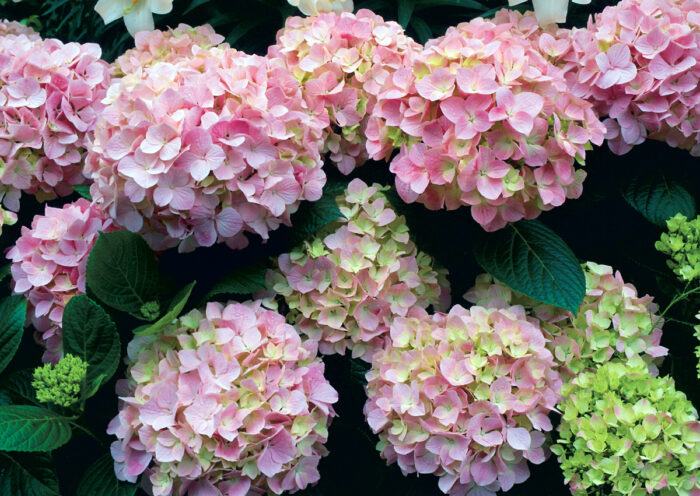
While pruning a neighbor’s much neglected Hydrangea paniculata recently, I found myself musing on the history of this genus in American gardening, whose popularity has waxed and waned through the years. Grown throughout the country in its many forms and employed in countless ways, Hydrangea has found prominence in every style of garden. Often, hydrangeas have been taken for granted and left unattended, like this one I was pruning. Yet even among such disregard, this versatile ornamental lives on, winning over new generations of fans.
Hydrangea Growing Basics(hı¯-dran-juh) • Genus of mostly deciduous shrubs, small trees, and climbers. • Many cultivars are hardy to USDA Hardiness Zone 4 (–30°F). • Most prefer protection from harsh, midday sun. • Prefer moist, humus-rich soil, but are adaptable to many conditions. • Generally pest and disease resistant. |
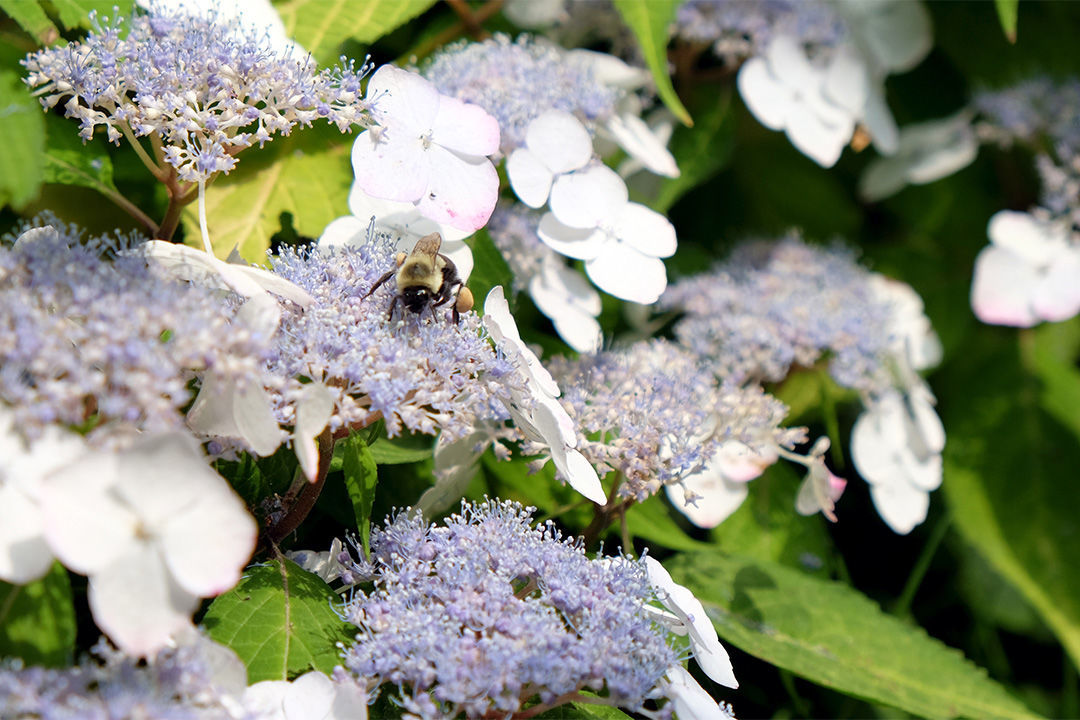
More than 50 cultivated varieties of Hydrangea are derived from five popular species:
- Hydrangea paniculata
- Hydrangea macrophylla
- Hydrangea quercifolia
- Hydrangea arborescens
- and Hydrangea anomala ssp. petiolaris.
They range in height from 18 inches to 30 feet, and in form from a climbing vine, to a dense, bushy shrub, to a weeping tree.
The name Hydrangea is from the Greek “hydor” (water) and “aggeion” (vessel), referring to their cup-shaped seed capsules. Hydrangeas are among the easiest ornamentals to grow, thriving in a variety of climates and conditions. They want a humus-rich soil, ample moisture, and relief from midday sun. Add an annual pruning specific to the species, and you’ve taken care of their needs. All are easily propagated from cuttings.
Growing Panicle Hydrangea
H. paniculata, native to China and Japan, and thriving to USDA Hardiness Zone 3 (–40°F), is the giant of the genus. A mature specimen, well kept and in the right place, is a sight to behold.
Description: With gracefully arching branches and pyramidal, opulent clusters of snowy-white, then pink-tinged to dusty-purple, and finally, warm-wheat flower heads, it merits a standing ovation in my hall of high performers—especially considering that few woody shrubs bloom during this one’s showy season of July to September. With an upright habit—becoming attractively vase-shaped and arching with age—it will reach 25 feet, with a spread of about 15 feet. Most often, it is grown as a large shrub or small tree, kept to about 12 feet.
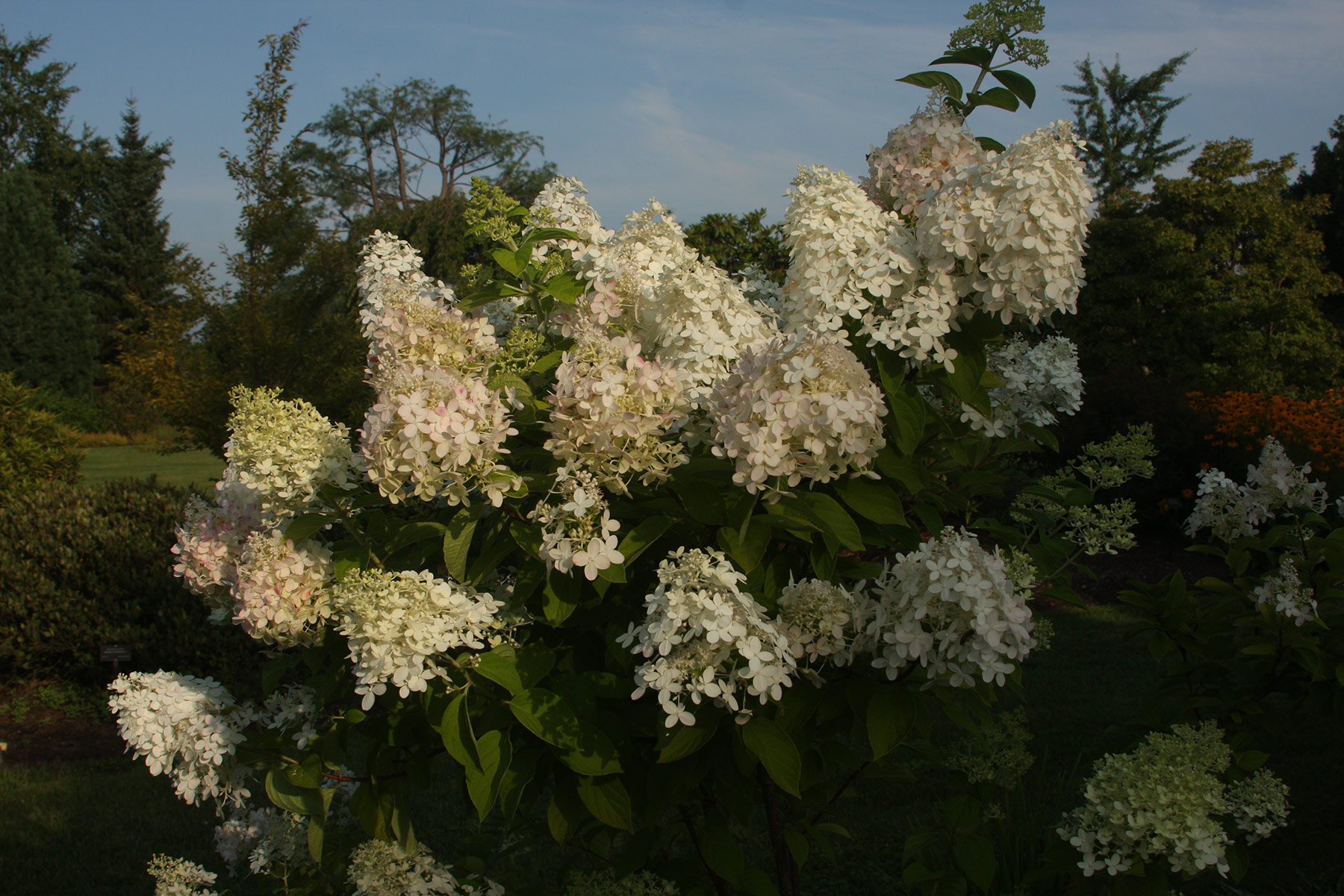
Care and Pruning: Because of its vigor, annual pruning is advised. For a dense, bushy shrub, “head back” from the growing tips—cutting back by several leaf nodes—in early spring, shaping the plant while pruning out old and dead wood. To obtain a small tree, prune out lower and weaker branches from their point of origin, leaving three to five main branches near to the ground. From these, a dense, attractive crown will develop.
- Thin annually in late fall or early spring to maintain form, and cut back when the desired height is achieved.
- If your H. paniculata has grown out of hand, a severe spring pruning is in order. For best results, fertilize first and wait a week or two. Then get out the loppers, tree saw, and hand pruners, and cut the plant back to the size and form you want.
Tip: Prune Hydrangea paniculata for giant, snowy flowers
If it’s larger flower clusters you desire, reduce the number of growing shoots. By channeling its energy to just a few shoots, H. paniculata will produce blossoms up to 16 inches in length. These giant blossoms will remind you why you chose this lovely ornamental for your garden.
Growing Mophead Hydrangeas
Perhaps the most prized member of the family, Hydrangea macrophylla has long been admired for its voluptuous, pink-to-red or blue-to-purple flower clusters. It is one of the first plants to have made the migration from Europe, where it has been in cultivation for centuries and was, before that, a popular plant in China and Japan.
Description: H. macrophylla has a rounded habit, growing to about 5 feet with bold, serrated, green leaves up to 8 inches in length, which in some varieties are creamy-margined. The 6- to 10-inch flower clusters that appear in midsummer consist of both sterile (showy) and fertile (inconspicuous) blossoms.
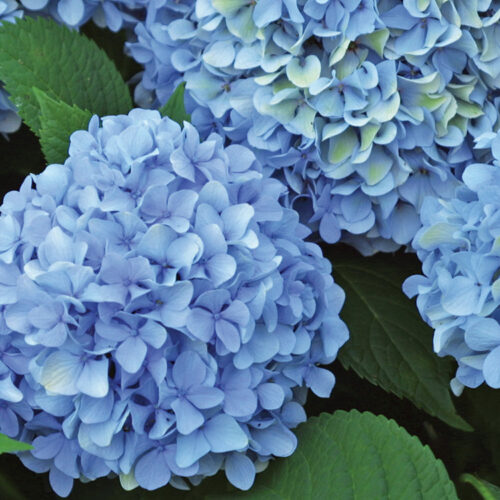 |
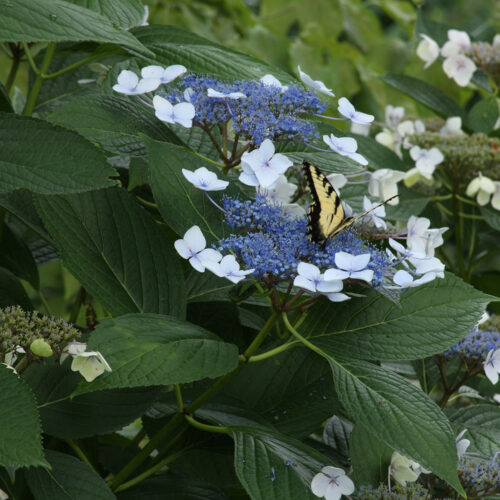 |
There are two distinct flower types of H. macrophylla, the best known being those with globe-shaped heads of primarily sterile flowers. These are the original Hortensia, or mopheads, of our grandmothers’ gardens. The other is the disc-shaped lacecap variety, having an inner cluster of fertile flowers surrounded by conspicuous, sterile blossoms. Each type is gorgeous; an attempt to choose between them is futile—which is why I have both growing in my Brooklyn brownstone garden.
Care and Pruning: Though undemanding and hardy to Zone 6 (–10°F), big-leaf hydrangeas do benefit from a little annual care. In spring, dead wood should be cut back to live wood, and older branches—those over 3⁄4 inch in diameter—should be removed. This will encourage new growth and improve flower quality.
General pruning to contain size should be done soon after flowering, as lacecaps and mopheads bloom on the previous year’s wood. In cold climates, where heavy freezing is likely, a little winter protection is advised. Hilling up of leaves or fir branches around the plant will diminish dieback and help ensure another season of bloom.
Tip: Mophead hydrangea blossom color is determined by soil pH
H. macrophylla is the litmus-test plant of the garden. Blue-to-purple blossoms prove an acid soil. Add lime and they become a soft, pretty pink or striking red. If yours are pink and it’s blue you want, add aluminum sulfate or acidifying organic matter, such as oak-leaf mold or peat moss. Or try tossing a penny beneath your shrub; to this, my neighbor attributes her luscious, purple blooms.
Growing Oakleaf Hydrangeas
The popularity of oakleaf hydrangea (H. quercifolia) has increased dramatically in recent years.
Description: Though this species brightens the garden with erect, showy clusters of white blossoms in mid-July, it is most appreciated for its 6-foot spread of deep-green foliage. Left unpruned, the sprawling branches reaching 10 foot-plus high bear a lush abundance of oak-like leaves. When selectively thinned, it makes a distinctive specimen or container plant.
Pruning: Thinning is best done in spring or just after blooming.

Tip: Oakleaf hydrangeas are the least demanding
Oakleaf hydrangeas are the least demanding of this easy-care genus—taking both drier soils and more open exposure than other species—and will grow in deep shade. Native to the southeastern U.S., oakleaf hydrangeas are hardy to Zone 5 (–20°F), where they may die back to the ground in winter. Since they flower on the previous year’s wood, this precludes all bloom, but the rich green spring and summer foliage, mahogany fall foliage, and handsome, exfoliating winter bark is recompense enough for a plant that asks for so little.
Growing Smooth Hydrangeas
Many consider smooth hydrangea (Hydrangea arborescens) to be the poor cousin of a distinguished family but this hardier hydrangea has much to offer for the right garden.
Description: H. arborescens used to need at least 6 feet of garden space in all directions, but new, more petite cultivars are available each year. Smooth hydrangeas throw out an overabundance of floppy, heart-shaped leaves. It most closely resembles the mopheads, yet the flowers are half the size and come only in white or pink.
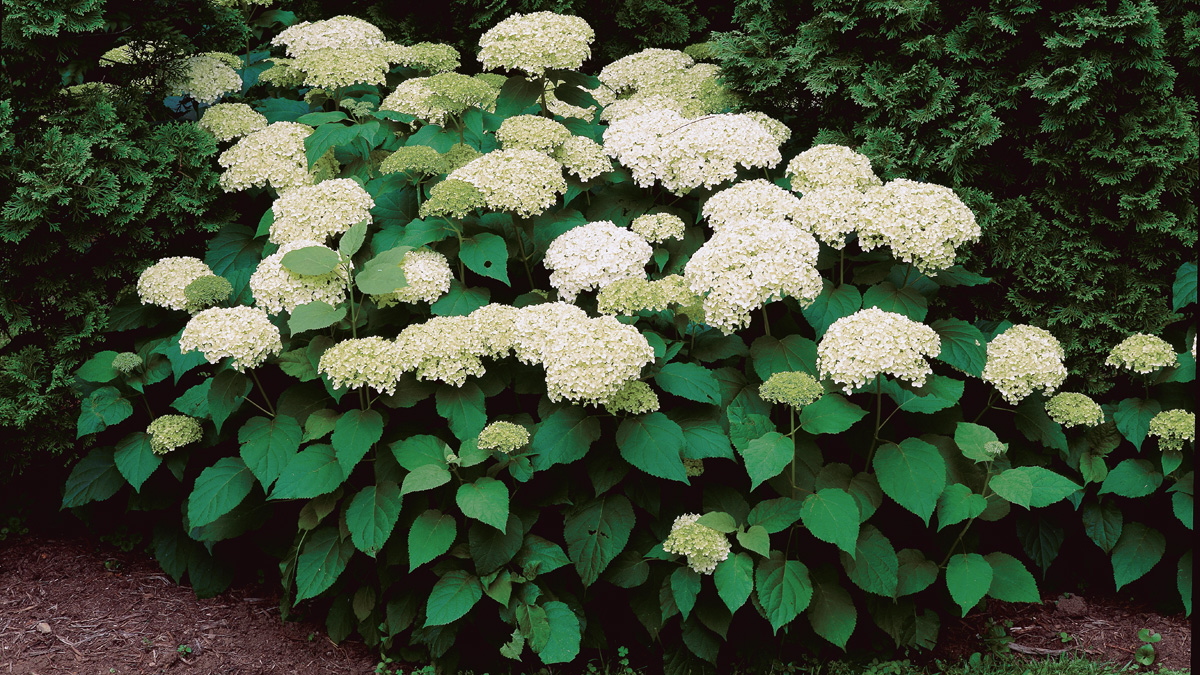
Pruning and Care: Native to woods and stream banks from New York to Florida, and west to Missouri, some summer shade or additional moisture is a must. It blooms from June till frost, when few woody shrubs are showy, adding a splash of coolness to those hot summer days. True too, it is among the hardiest of the hydrangeas, and the most reliable to flower. It may freeze to the ground in Zone 3, yet will rebound in spring and bloom abundantly, as flowers bud from new growth. It is also the only hydrangea easily propagated by division; should it get too big for its allotted plot, a portion can always be planted elsewhere.
Tip: Thin out old wood of smooth hydrangea
Thinning out of old wood in early spring will produce a more attractive form and larger blossoms. Not bad, really, for a poor cousin.
Growing Climbing Hydrangeas
H. anomala ssp. petiolaris—formerly known as H. petiolaris—is the only vine of the genus Hydrangea. Though a slow starter until its roots are firmly established—usually two to three years after planting—climbing hydrangea is a superb woody vine, which is hardy to Zone 4.
Description: It is unsurpassed in vigor and elegance, growing 60 feet by means of self-clinging, aerial “roots,” bearing an abundance of heart-shaped leaves. The white flower is a flat, lacy cluster of both fertile and sterile blossoms born on stiff, erect stems in mid-June and into July. Once established, climbing hydrangea will quickly fill its allotted space and continue climbing on anything it can sink its holdfasts into. It does very well on walls, and can climb trees, fences, or any other structure without the aid of wires or lattice.
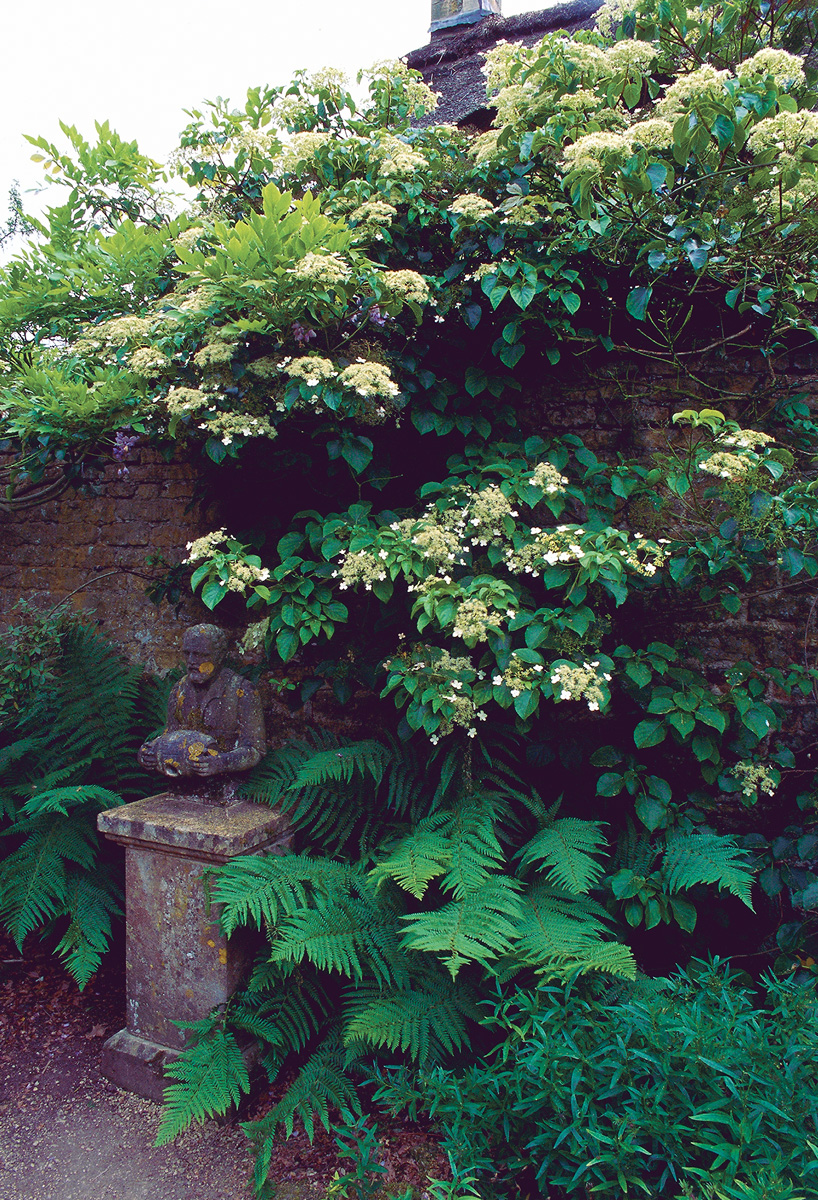
Pruning and Care:
After a year or two, all you need are hand pruners. General pruning is best done immediately after blossoms fade, but touch-up work can be done anytime. With just a little care, long-lived hydrangeas will enhance your garden and enthrall generations of gardeners to come.
Tip: Be patient with young climbing hydrangeas
Patience is the best ingredient to supply for the first year or so in the care of this East Asian native.
With pruning shears in hand, horticulturist Keith Davitt cares for hydrangeas and enjoys gardening in Brooklyn, NY.
Sources for hydrangeas
These mail-order nurseries offer all five species of hydrangeas, plus many cultivars.
Carroll gardens, 444 East Main St., Westminster, MD 21157; 800-638-6334.
Greer gardens, 1280 Goodpasture Island Rd., Eugene, OR 97401-1794; 541-686-8266.
Hydrangeas plus, 6543 S. Zimmerman Rd., Aurora, OR 97002; 503-651-2887.
Owen farms, 2951 Curve-Nankipoo Rd., Ripley, TN 38063-6653; 901-635-1588.
Wilkerson mill gardens, 9595 Wilkerson Mill Rd., Palmetto, GA 30268; 770-463-2400.
Fine Gardening Recommended Products

SHOWA Atlas 370B Nitrile Palm Coating Gloves, Black, Medium (Pack of 12 Pairs)
Fine Gardening receives a commission for items purchased through links on this site, including Amazon Associates and other affiliate advertising programs.
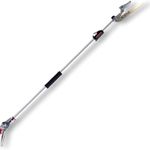
ARS Telescoping Long Reach Pruner
Fine Gardening receives a commission for items purchased through links on this site, including Amazon Associates and other affiliate advertising programs.
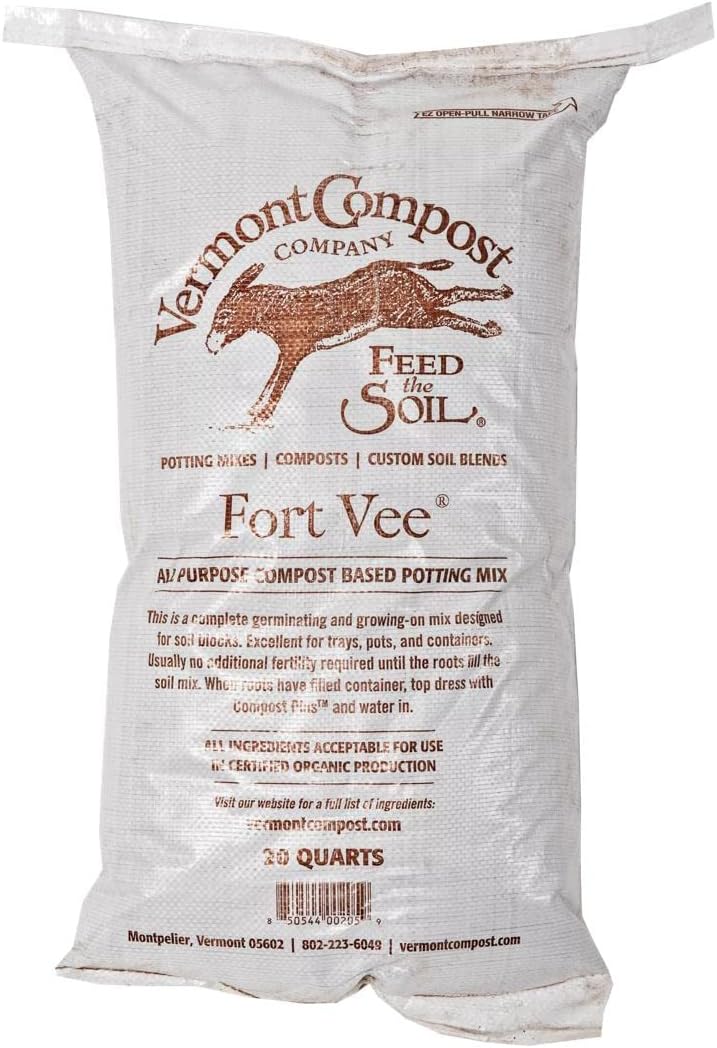
Fort Vee - Organic Potting Soil Mix
Fine Gardening receives a commission for items purchased through links on this site, including Amazon Associates and other affiliate advertising programs.

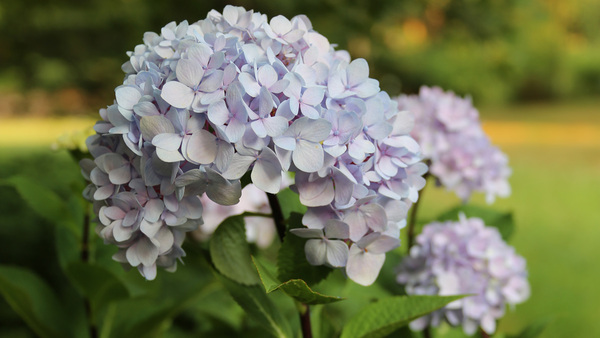
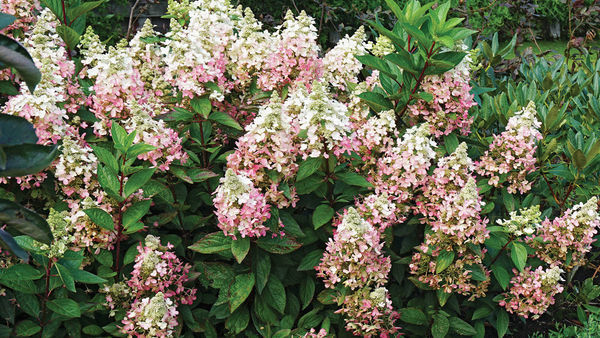
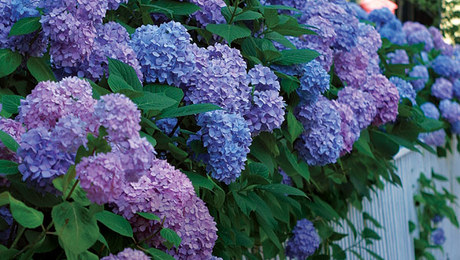
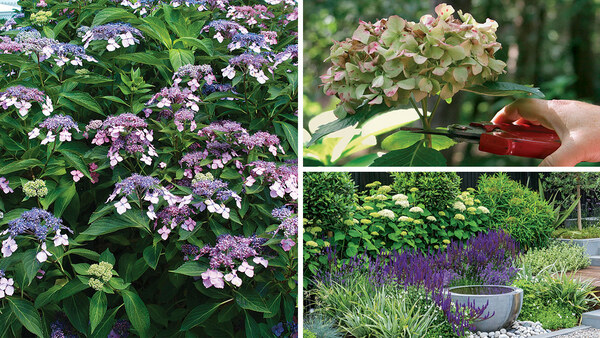
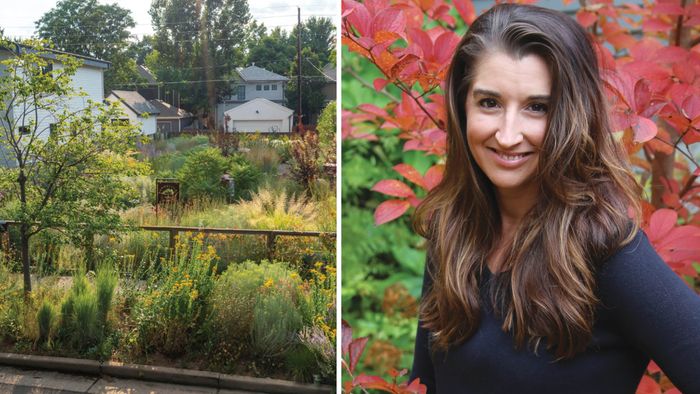












Comments
Log in or create an account to post a comment.
Sign up Log in